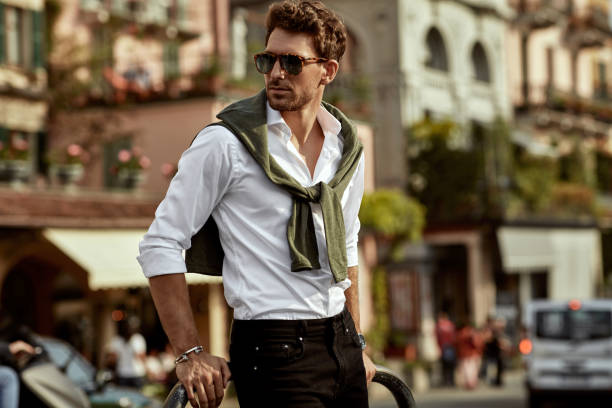As fashion trends continue to evolve, a growing focus on sustainability and eco-friendly practices is reshaping the industry. The modern consumer is becoming increasingly conscious about their environmental impact, leading to a rise in demand for ethical and sustainable fashion choices. This shift has given birth to a new trend – the eco-friendly wardrobe. But being environmentally friendly doesn’t mean you have to compromise on style or break your bank.
Eco-friendly wardrobes are all about making smart, sustainable choices without sacrificing style. They involve choosing garments made from organic, recycled, or repurposed materials that reduce waste and minimize harm to the environment. Brands are now responding to this demand by offering stylish clothing lines made from eco-conscious materials like bamboo, hemp, organic cotton, and recycled fabrics.
However, building an eco-friendly wardrobe isn’t just about buying new clothes from sustainable brands; it’s also about making better use of what you already own. Embracing slow fashion principles such as buying less but better quality items that last longer can significantly reduce your carbon footprint.
It’s also important not to overlook second-hand shopping when aiming for an eco-friendly wardrobe. Thrifting has become increasingly popular among millennials and Gen Z consumers who want unique pieces at affordable prices while reducing their environmental impact. Second-hand shops offer pre-loved items that still have plenty of life left in them at a fraction of the original price – perfect for budget-savvy individuals looking to stay trendy.
Another way of maintaining an affordable yet fashionable green closet is by organizing clothing swaps with friends or attending swap events in your local community. Such events allow you not only to declutter your closet but also refresh it with ‘new-to-you’ pieces without spending money or contributing more waste into the environment.
DIY (Do It Yourself) culture is another significant aspect of building an environmentally friendly wardrobe on a budget. Upcycling old clothes into something fresh and trendy can be both fun and rewarding. With a little creativity, an old pair of jeans can be transformed into a stylish tote bag or a vintage dress into a chic top.
Renting clothes is yet another eco-friendly trend that’s gaining momentum. It’s particularly useful for special occasions where you might need an outfit that you’ll only wear once. Renting not only saves money but also reduces the demand for new clothing production and the subsequent waste generated.
In conclusion, creating an eco-friendly wardrobe doesn’t require spending more; it just requires spending smartly. By making conscious choices about what we buy and how we use our clothes, we can all contribute to reducing fashion’s environmental footprint while staying stylish on a budget. After all, being fashionable and environmentally friendly are not mutually exclusive; they can coexist harmoniously with the right approach.

